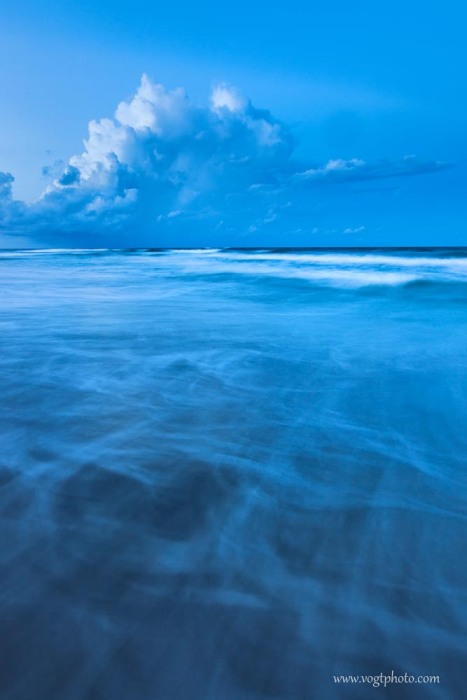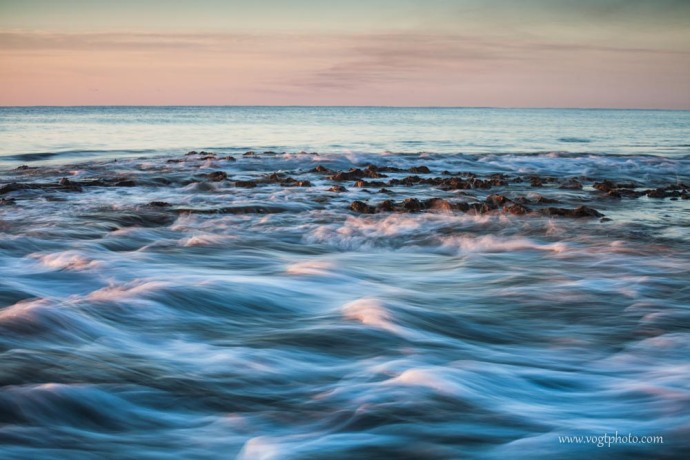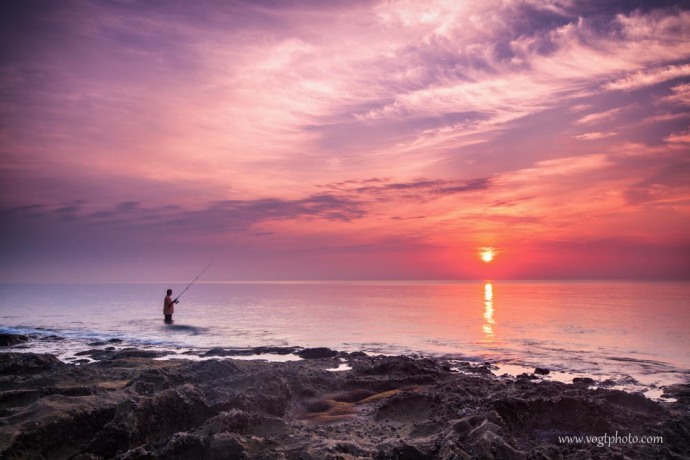Starting last February, for seven months I managed a construction project in Palm Beach County, Florida. Before leaving Colorado for this assignment, I knew full well that I’m a mountain man at heart but looked at the South Florida project as an opportunity to explore a region I would normally not spend more than a few days time while on vacation. Knowing this was very much a short term assignment, I made it a point to get out with my camera often. I was especially spoiled since my apartment in Boca Raton was only a few miles from the beach! So, quite often, I’d set my sights on the beaches of south Florida for my photography.
Even though I often frequented the the beaches that were within a short drive, mainly Deerfield Beach, Boca Raton, and Delray Beach, I did take pictures of the coast as far north as St. Augustine. But, my favorite images were taken in Southern Florida. One memorable trip was when I went backpacking into the Everglades from the Flamingo area to Clubhouse Beach on Florida Bay and was nearly eaten alive by ravenous bugs in the process. Another favorite place I visited was Fort Jefferson in Dry Tortugas National Park where I camped for nearly three days and took my favorite image while in Florida.
I did quickly realize beaches are popular at all times of the day! This posed a challenge for me because I usually prefer “nature” photos that do not show any human presence and purposefully don’t often include people in my images. Living on one of the most densely populated stretches of coastline in North America, removing all human presence from my images sometimes proved to be an impossibility. However, I did learn that sometimes what makes an image is by including that human connection.
Photographing the ocean also proved to be quite challenging. On the Atlantic Coast, shooting sunrise means you are looking directly into the sun, causing scenes with very high contrast that makes controlling the exposure of images very difficult (for example, you have a really pretty sky, but the ground is totally black. Also, the ocean is a very dynamic beast. The difference between high tide and low tide can completely change the look and feel of a location. Waves are ever changing; sometimes calm sometimes wild and crazy, changing from one extreme to another if what feels like a matter of minutes. I learned an expensive lesson at Blowing Rocks Preserve near Jupiter, Florida when I was hit by an unexpectedly large wave that soaked some of my camera gear and caused several hundred dollars of damage!
Living and frequently shooting the Southern Florida Coast proved to be very challenging and definitely put me outside my comfort zone as a photographer. But ultimately I learned a lot from my experiences in Florida and was able to take away some of my favorite imagery. Even though I’m not destined to live the “salt life,” I understand and appreciate why many people do…

The Splash Zone – Blowing Rocks Preserve – Jupiter, FL

Witches Brew – Boca Raton, FL

Moonrise at the Pier – Deerfield Beach, FL

Sunrise at the Pier – Deerfield Beach, FL

Mudflats to Infinity – Clubhouse Beach – Everglades National Park

Twilight Blues – Delray Beach, FL

Florida Bay Blues – Everglades National Park

Serenity Now – Boca Raton, FL

Surf’s Up – Boca Raton, FL

Gone Fishin’ – Boca Raton, FL

Starburst Sunset – Clubhouse Beach, Everglades National Park

Colorful Calm – Delray Beach, FL

Morning has Broken – Boca Raton, FL

Serpent’s Tongue – Boca Raton, FL

The Moat Wall – Fort Jefferson, Dry Tortugas National Park
























